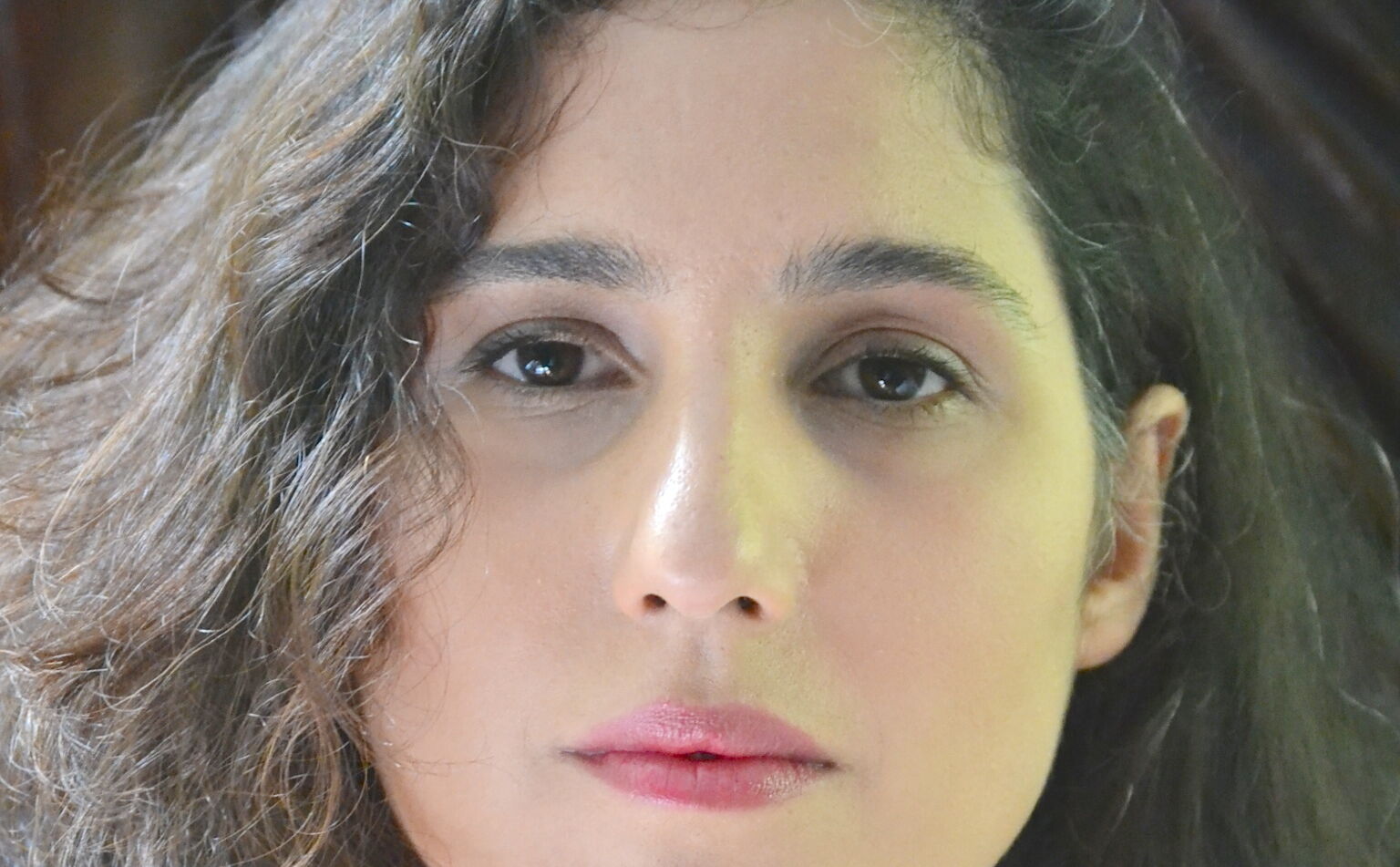Golfam Khayam: I am not a tale to be told
I have always been fascinated in reframing traditions into new forms. This is especially apparent in Persian musical traditions which are part of my identity. I'm interested in making transparent bridges between west and east, seeking an individual language, for I believe there are so many cultural hidden gems, ancient or actual, under the dust of politics which could bring a deeper way of dialogue through music. More than ever in this chapter of our history, this collaboration is meaningful and precious to me. I am deeply honored to be collaborating with Barbara Hannigan.
The piece "I am not a tale to be told" is based on a poem published in 1955 by Ahmad Shamlou, a contemporary Iranian poet and one of Persia's cultural icons. Shamlou's poems are beyond time and space, speaking from the depths of an ancient land, speaking to you, me and us on nowhere-land. I had the privilege to grow up in a family to whom Shamlou was a close friend. I used to call him "Uncle". I grew up with his poems, and this particular poem has also been the narrator for so many silent voices seeking light through dark times.
"I am not a tale to be told" includes musical cells/phrases in a controlled improvisation which gives liberty to the instrumentalists and soloist. It creates a Persian "carpet" upon which the soloist can perform. The music gathers vocal and instrumental gestures from Persian music, such as ornamentation, modal contours, and drones which are rooted in our tradition. This also includes Maqam (midal contours) from regional music of the Kurdish provinces, as mourning gestures, and typical modal phrases which are rooted in vocal practice, all reframed as in a new picture. The final phrase being exclaimed, its notes opposing to the constant drone note of b natural, is sung, in Farsi, on b flat: Man dardé moshtarekam, Maraa faryaad kon: "I'm the common pain, scream me out!"
-Golfam Khayam
